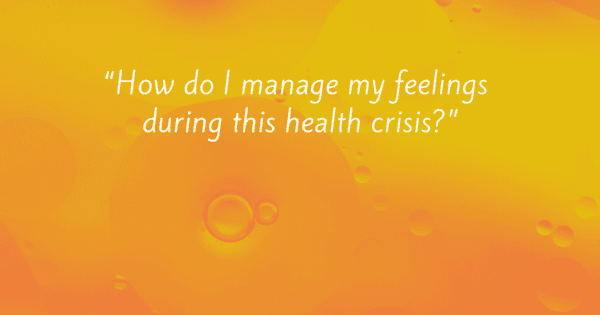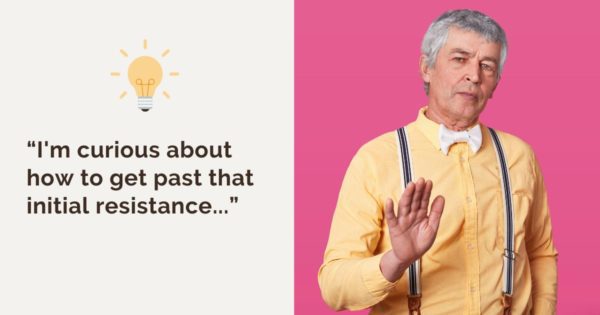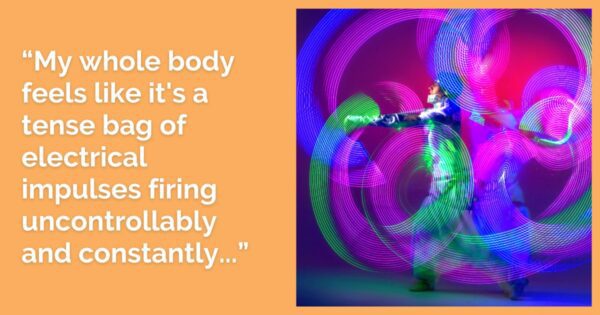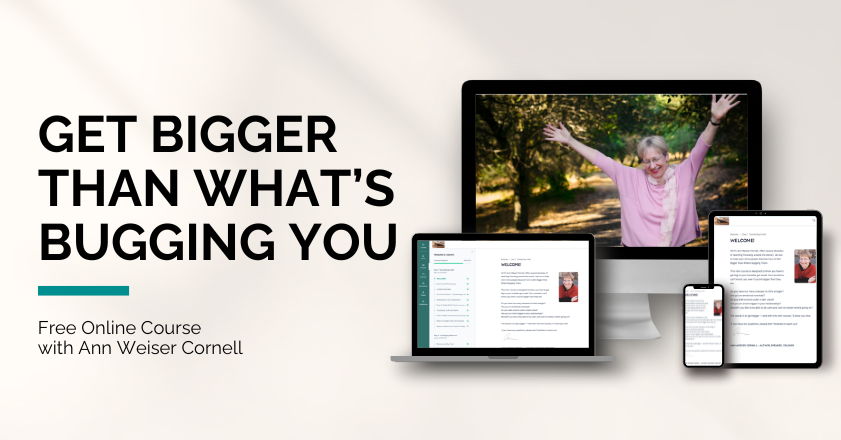Lisa from California asks:
What do I do with my own impatience with the process, let alone my client’s desire for change to happen? I want to see movement and action as much as my client… and I find myself thinking: “what if they don’t get anything from this.”
Trusting that Focusing “works” is perhaps something that needs to grow with time. Your own Focusing process is key here. When you sit across from a client who is yearning for change to happen and wondering if “just being with it” is enough, your best resource for patience and trust will be your own memory of times when the Focusing process has brought you to a new place.
It’s a big leap from the Doing/Fixing culture which surrounds us, especially in the US, to the Being/Sensing process of Focusing. Let’s be kind to ourselves when we slip back into the old ways, thinking we have to do something to make this problem shift.
If you’re a paid practitioner this can be even more of an issue than if you’re a Focusing partner exchanging sessions. You might be thinking, “I have to get results, I’m being paid!”
After 34 years of supporting people in Focusing, that thought never comes up for me, because I know in my bones that Focusing is the most helpful thing that I know how to offer.
Having said that, I can add that there are a few tips that make Focusing even more effective!
A Felt Sense Arises Freshly
When people feel themselves stuck in a rut, frustrated at finding repetitive feelings and blocked life situations, it’s important to remember that the felt sense of Focusing arises freshly. It isn’t the old feelings we’ve been feeling all week or all year.
No matter how much we try to change a situation in our lives, we aren’t going to get true “carrying forward” until we can include the whole of it.
So we can invite ourselves (and our clients and Focusing partners) to get a sense of that whole thing, and then describe it freshly. I like to say: “You might describe it as if you’ve never felt it before.
And remember, there’s no real way to get a sense of the whole if we’re identified with one aspect of it. So we need to be in Presence, having said “hello I know you’re there” to any part of us that might be afraid of, not liking, or not wanting to feel what we feel.
It’s when a fresh felt sense of the whole can come, kept company from Presence, that real change can happen (what Gendlin calls “carrying forward”) both in our bodies and our lives.








